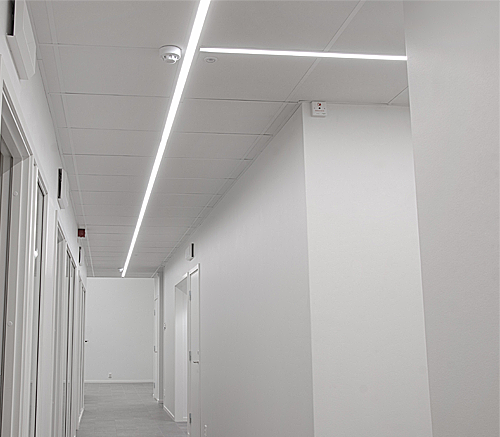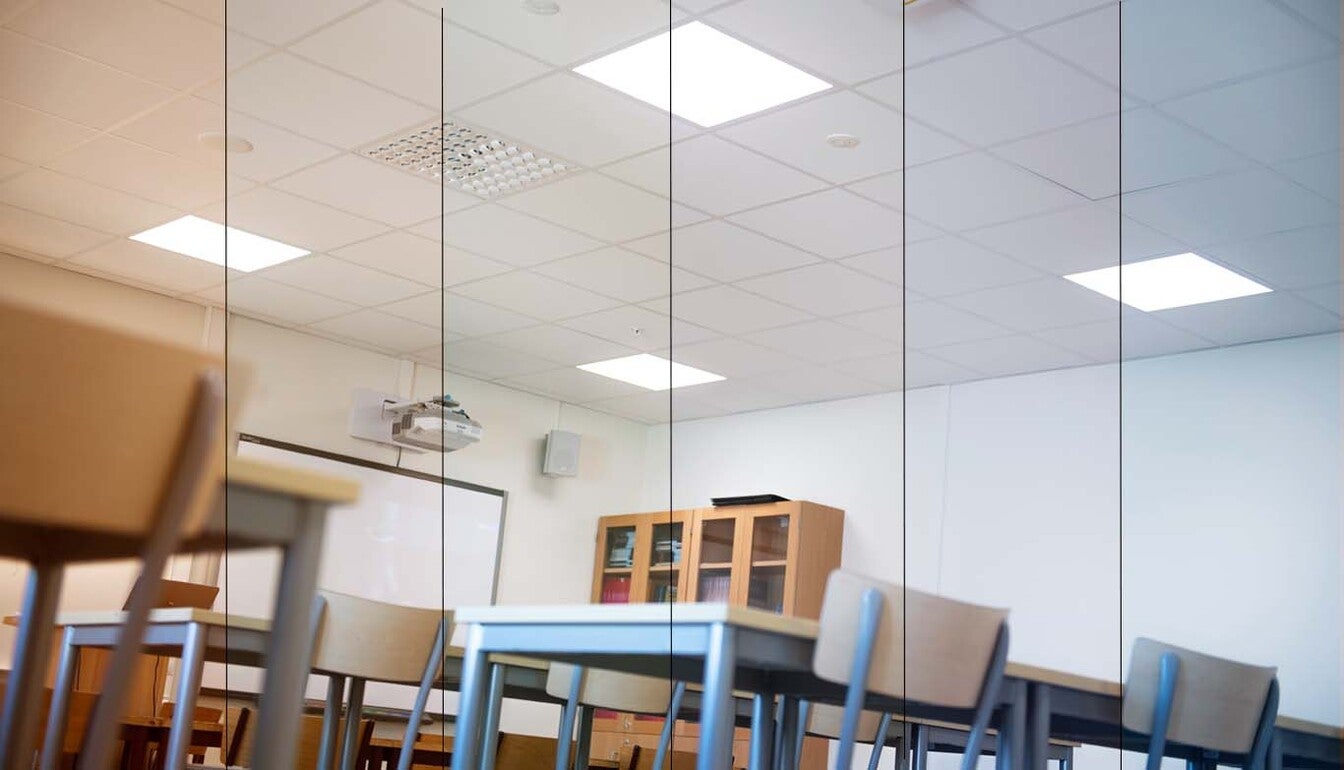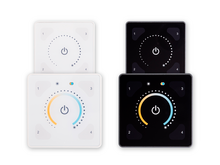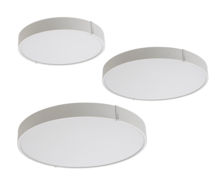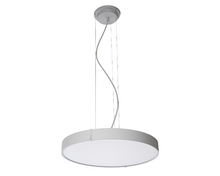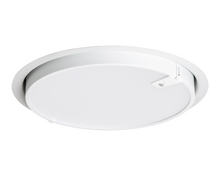Human Centric Lighting (HCL)
The light controls our circadian rhythm and well-being
The sun and light have always been an important ingredient for life and health and the primary factor in our routines, circadian rhythms, and behaviors. It is not only for the sake of sight that we adapt our activities to the light, but the light also affects our health and circadian rhythm. This has to do with the retinal ganglion cells that are in our eyes. This is a third receptor which, unlike the other two receptors, rods and cons, has nothing to do with vision but controls our internal circadian clock. This cell responds to light and affects the production of melatonin and cortisol. When we are in intense, cold light, such as outdoors in the middle of the day, the retinal ganglion cells react by activating the production of cortisol, which makes us alert. In warm, soft light reminiscent of sunset, the sleep hormone melatonin is activated instead, which helps us relax. In other words, we are programmed to follow the course of the sun.
Before the electric light came, the sun was the obvious indicator of our circadian rhythm, but with electric light, the conditions have changed. In addition, we spend almost 90% of our time indoors. With this in mind, it is central that we create a good indoor environment, above all in our schools and workplaces, where we must perform and be at the top. Good lighting helps to increase our performance, our well-being, and our energy level, as well as poor lighting, has the exact opposite. Inadequate, flickering, and dim light can lead to headaches, the tension in the eyes, neck, and back, difficulty concentrating and fatigue, as well as too intense cold light for too long periods or from the screen late at night can cause stress and difficulty sleeping.
With human centric lighting, our artificial lighting is adapted to mimic the natural circadian rhythm for the greatest possible health and well-being. With the help of lighting that enables regulation of color temperature and brightness, you can recreate the sun's natural variation and rhythm. In the morning when we wake up, we like to have cold high-intensity light to wake up. At lunch and in the afternoon, the light should go from blue to white light so that we stay alert and alert so that in the evening when it is time to unwind, adjust the light to a warmer light with low intensity.
Tunable White
We at Aura Light offer a selection of luminaires that are equipped with Tunable White, a technology that allows you to adjust the color temperature and brightness, ie choose whether you want colder or warmer light. The technology is based on the luminaire being equipped with different types of LEDs that make it possible to adjust the Kelvin number along Plack's curve, from warm white to cold white. Tunable White is controlled via DALI together with different types of control units, for example, the control box Illustris or via an app you can install on your smartphone or tablet.
Create your perfect day!
With lighting that mimics the movement of the sun, we can create a more pleasant indoor environment. In order to create as optimal a lighting environment as possible, it is important to start with the premises' conditions and its purpose. The lighting should preferably consist of both direct and indirect lighting, light and shadow, and variation during the day. With the help of a lighting designer, you can get lighting that is more than the standardized requirements and instead you get a more pleasant, better, and more attractive work and study environment.
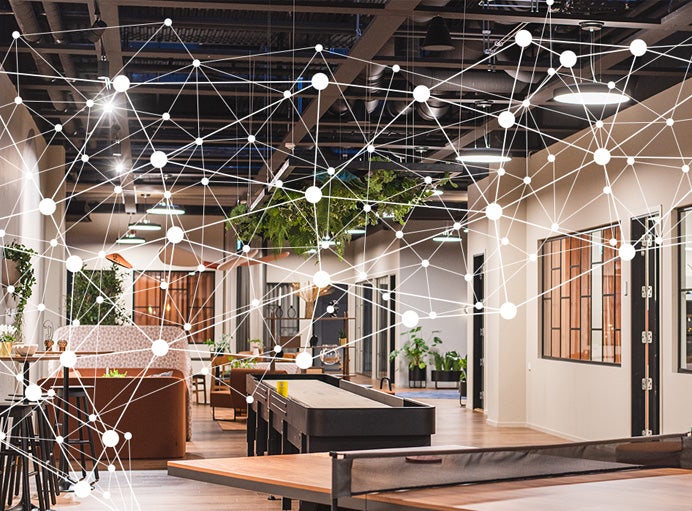
Intelligent lighting for well-being & energy-savings
Aura Connect is our solutions for smart lighting control we offer in collaboration with our partners Helvar and Casambi.
Assortment Tunable White
Cold or warm light?
